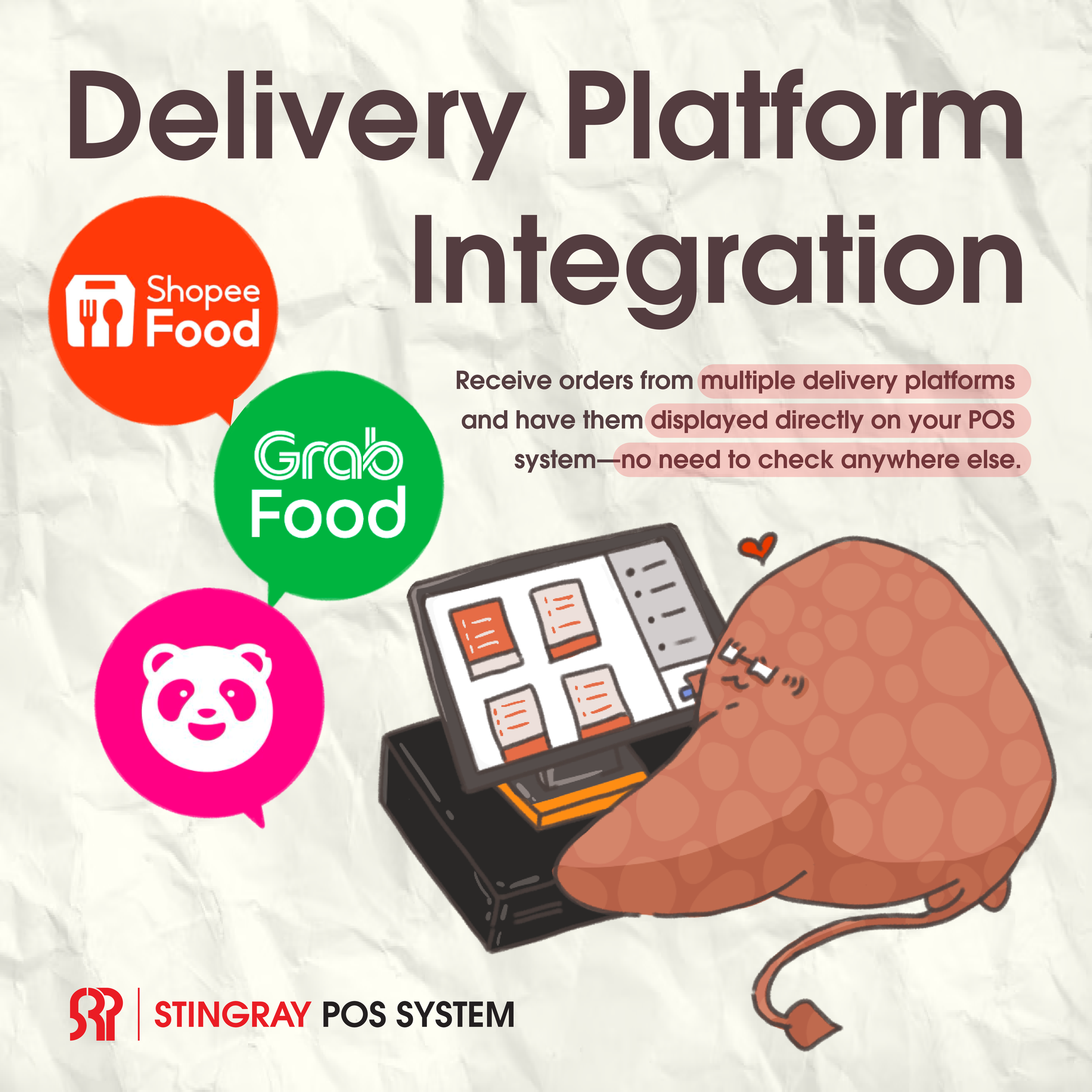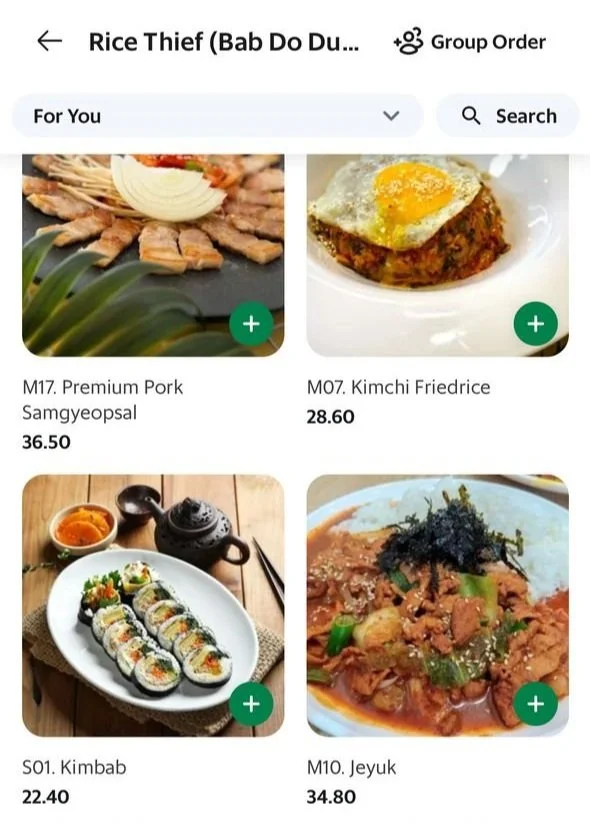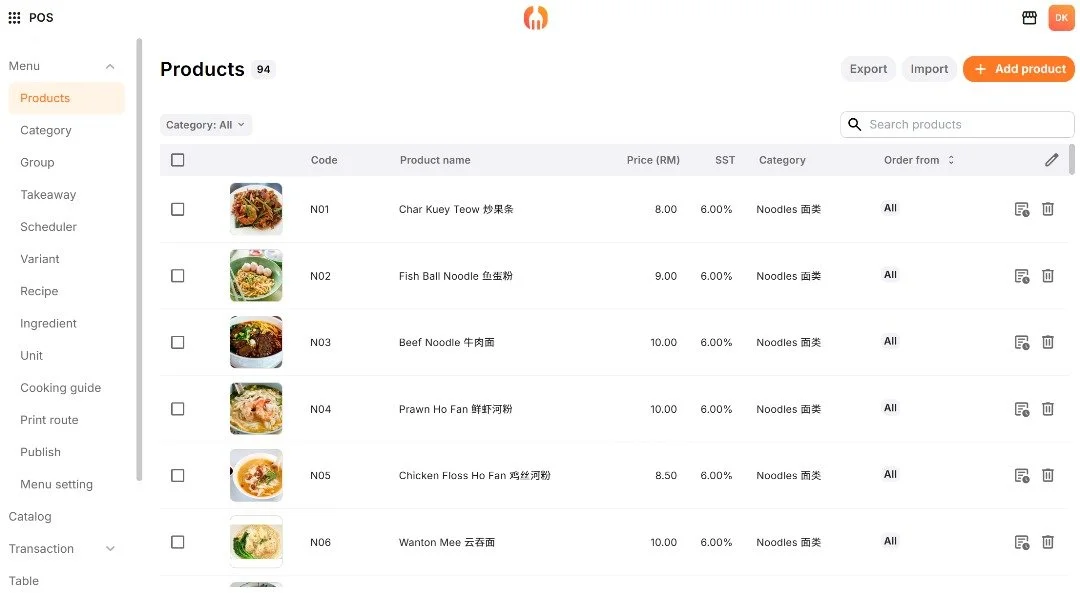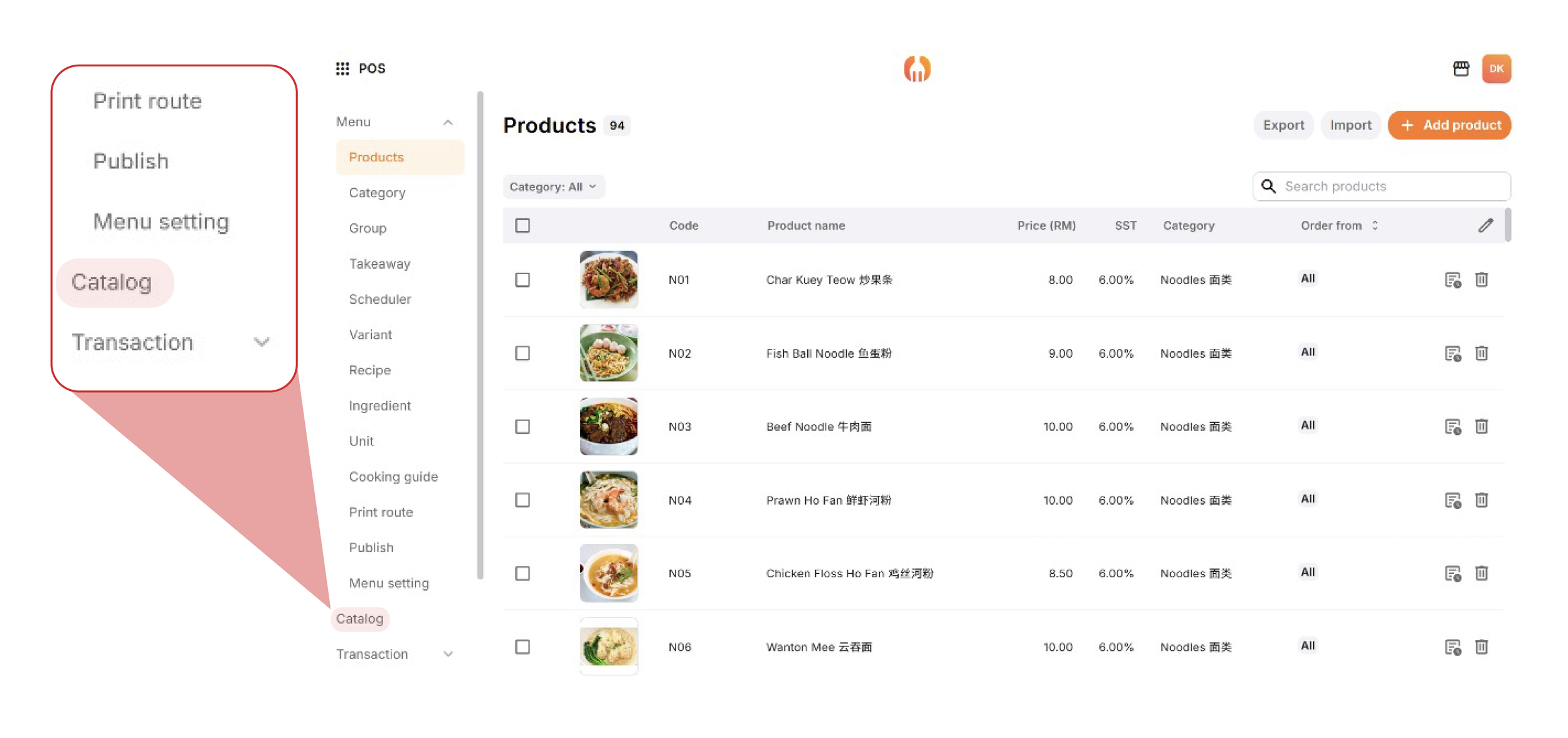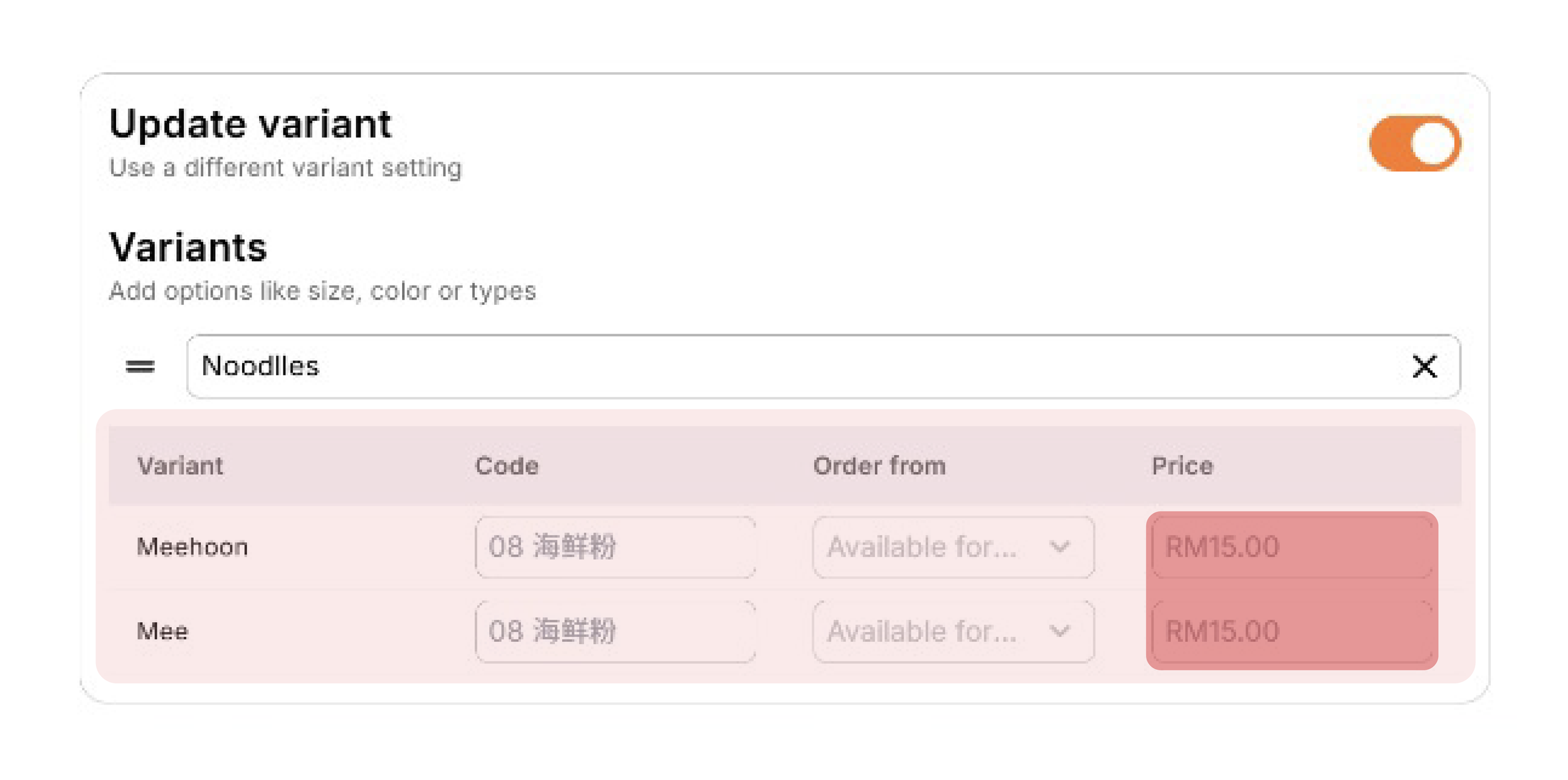Delivery Platform Integration
[Visual Guide for Merchant]
Published: 20th June 2025
Is your F&B business ready for Delivery Platform Integration?
With online orders increasing every day, it might be sooner than you think. Integrating delivery platforms into your POS system has never been more important.
But wa—ait! Do you have any idea how to apply for the delivery platform integration (DPI)? But that's alright, because we will guide you step-by-step on how to apply DPI for your business.
Step 1: Register an account for your restaurant on your selected choice of Food Delivery Platform(s).
Step 2: Create a menu for your restaurant on each registered food delivery platform.
The following image is an example of how the menu on your delivery platform app.
*The shown example is a menu snapshot extracted from Grab Food.
Step 3: Get the following account details from the food delivery platform(s) that you've registered for your restaurant.
Store Name
Store Link
Merchant ID
Commission Percentage (%)
Step 4: Get the DPI Application Form from us, and we will send you a Google Form link. You should fill it out and submit it to complete the application.
*If you face any problems while filling in the Google Form, do let us know so that we can assist you with it.
Step 5: Go to your FeedMe Back-end Portal to create menu(s) for your registered delivery platform(s) respectively.
*This image is an example of how your FeedMe Back-end Portal should look.
Step 6: Select "Catalog" on your FeedMe Back-end Portal menu as guided in the image.
Step 7: Create a catalog for your registered food delivery platform(s) on your FeedMe Back-end Portal
Hmm… Would you perhaps like to create a "variant" for your products in your catalog?
Don’t you worry! We've got-cha!
Step 1: To create a "Variant" in your catalog, you have to first select the product and Food Delivery Platform you wish to make changes to.
Step 2: After making your selection, you should select the button to "Update Variant". This will allow you to create multiple variants for your product.
Step 3: For example, you may want to have different variants of noodles. You may alter the prices of the variants, resulting in a different final price for the chosen product.
(e.g., Serving sizes, add-on options, serving preferences, etc.)

